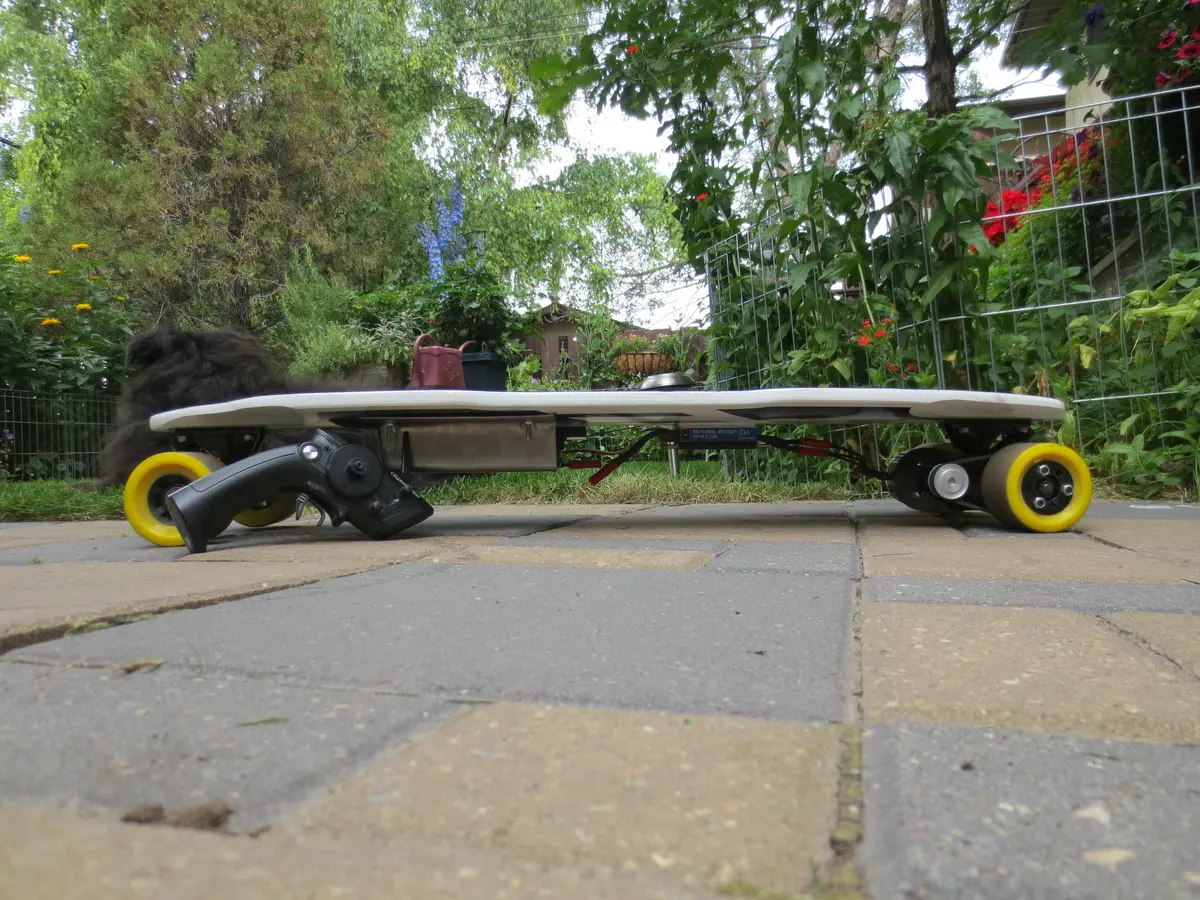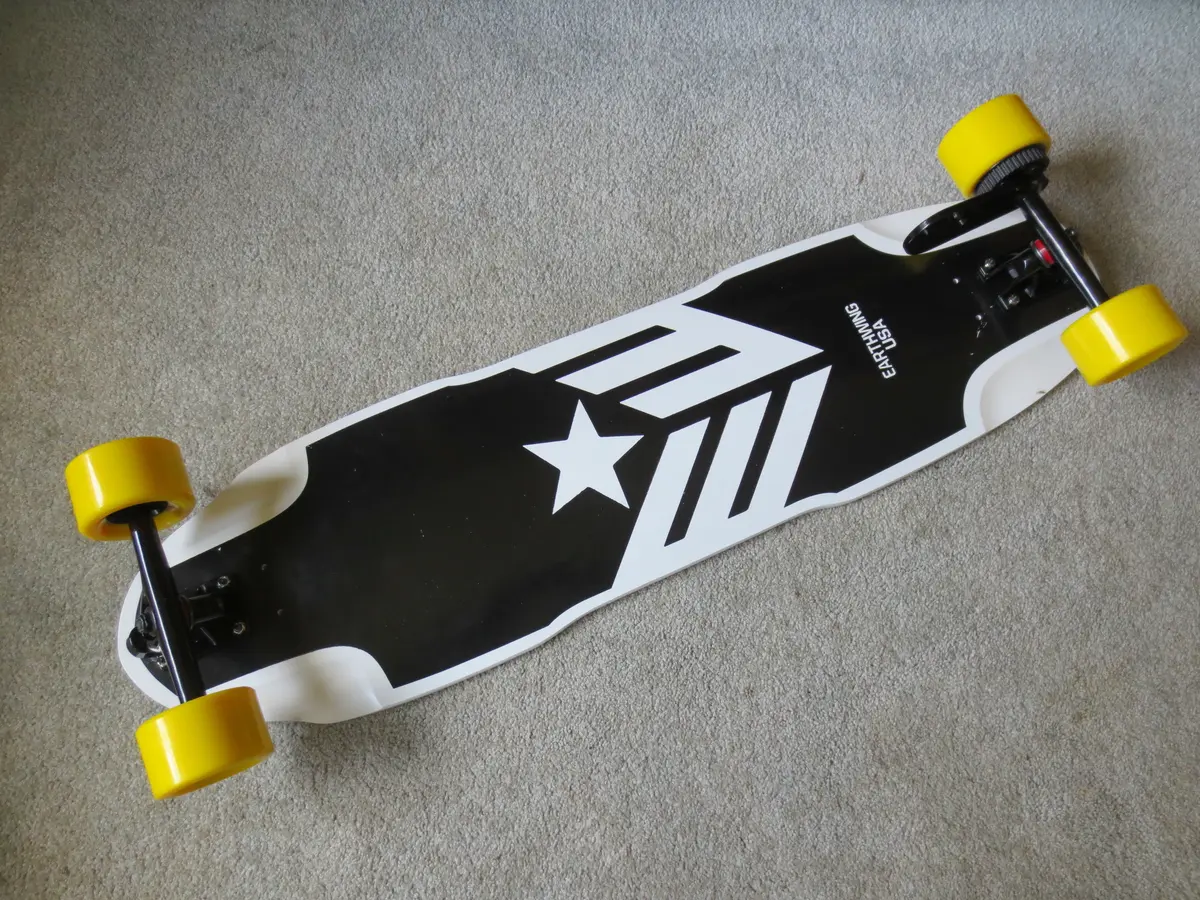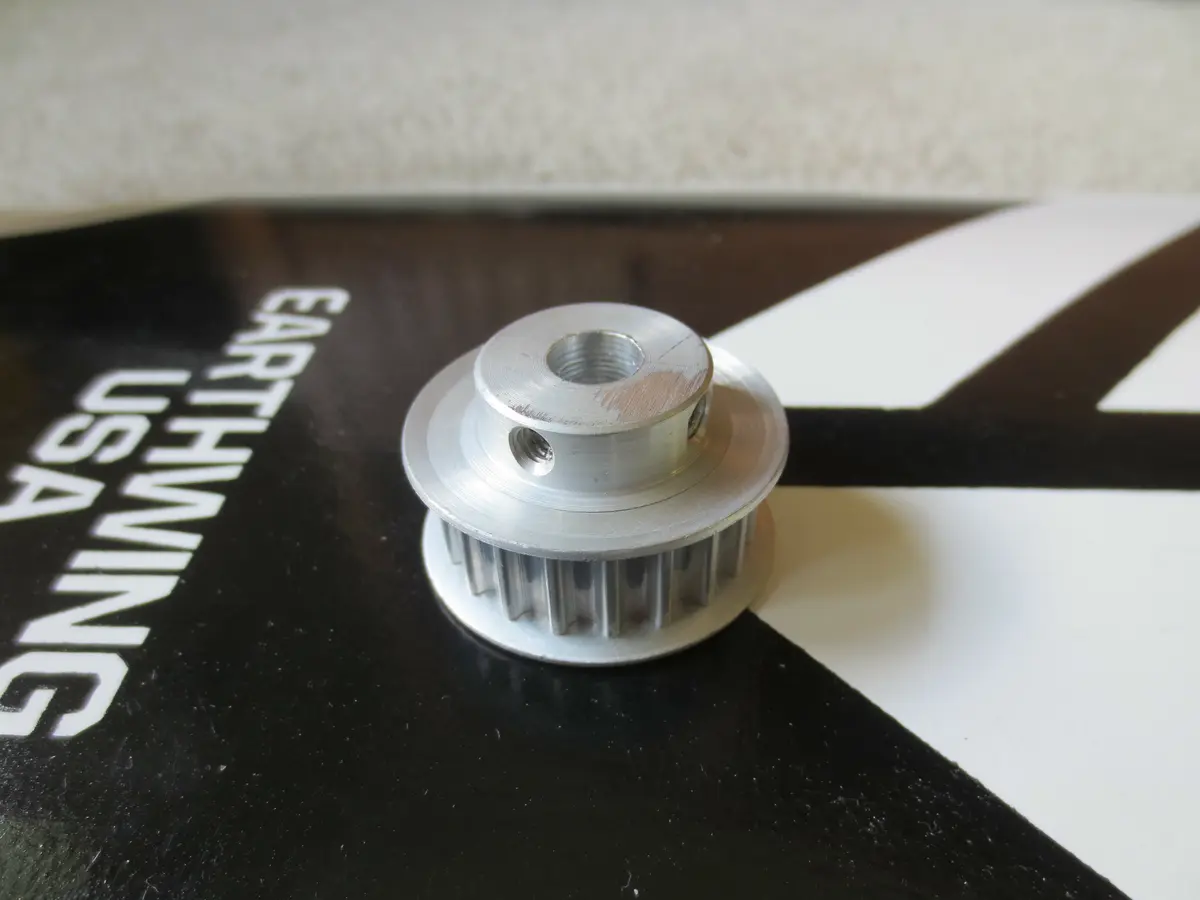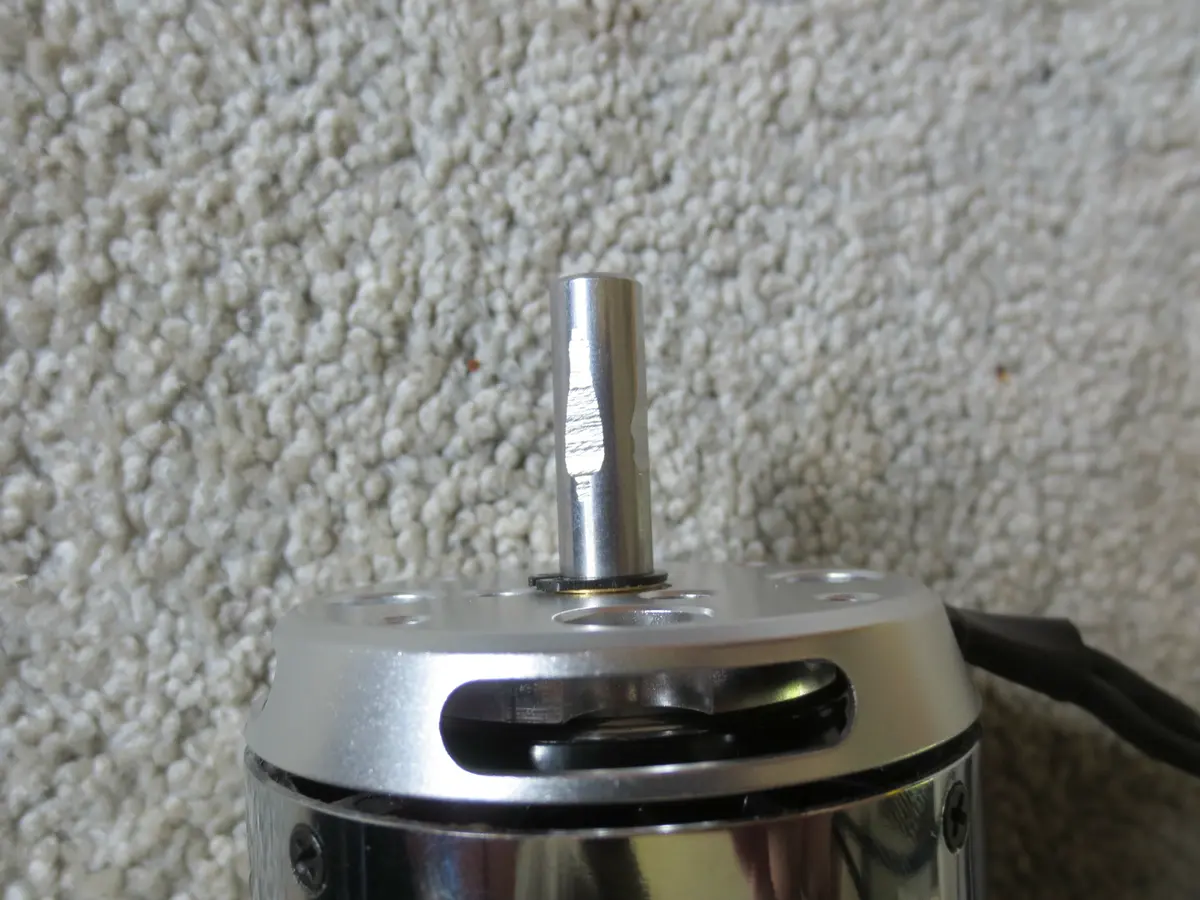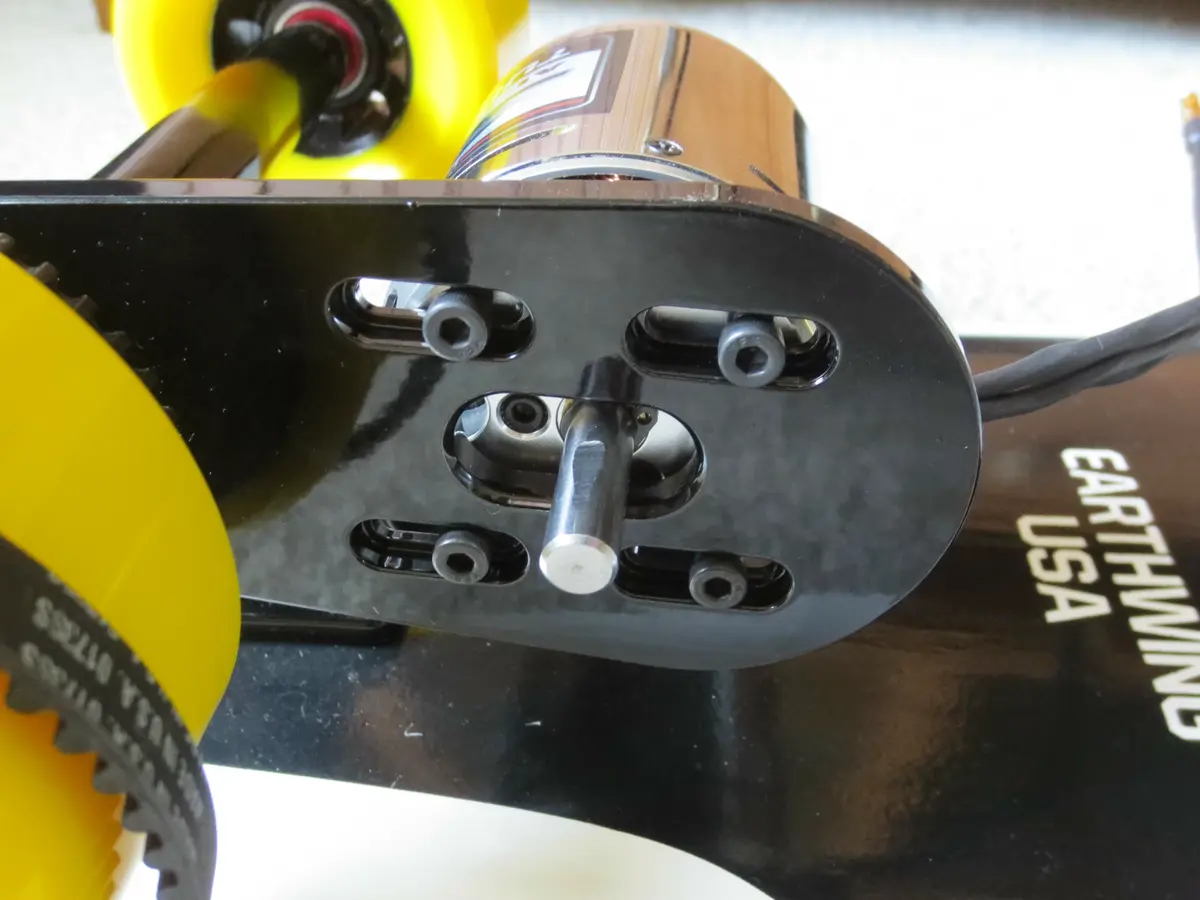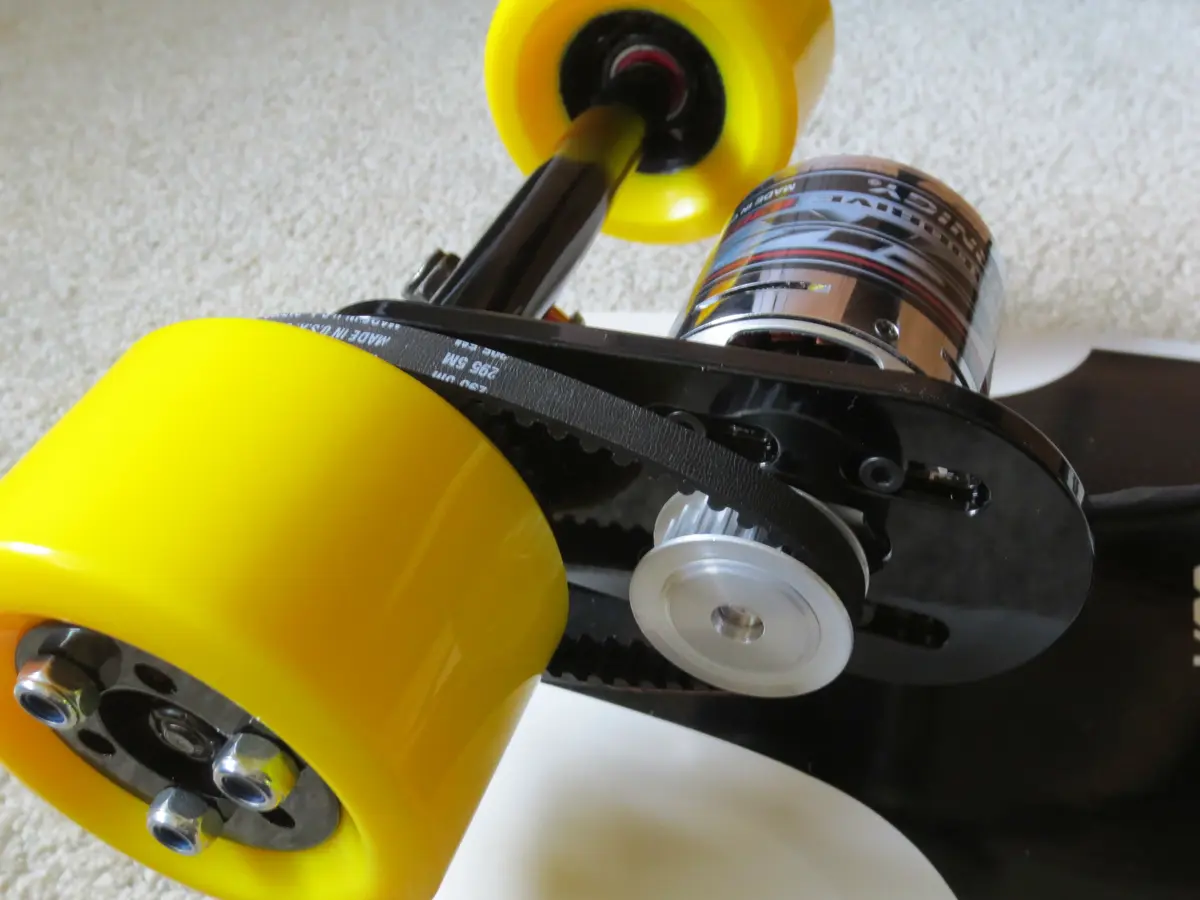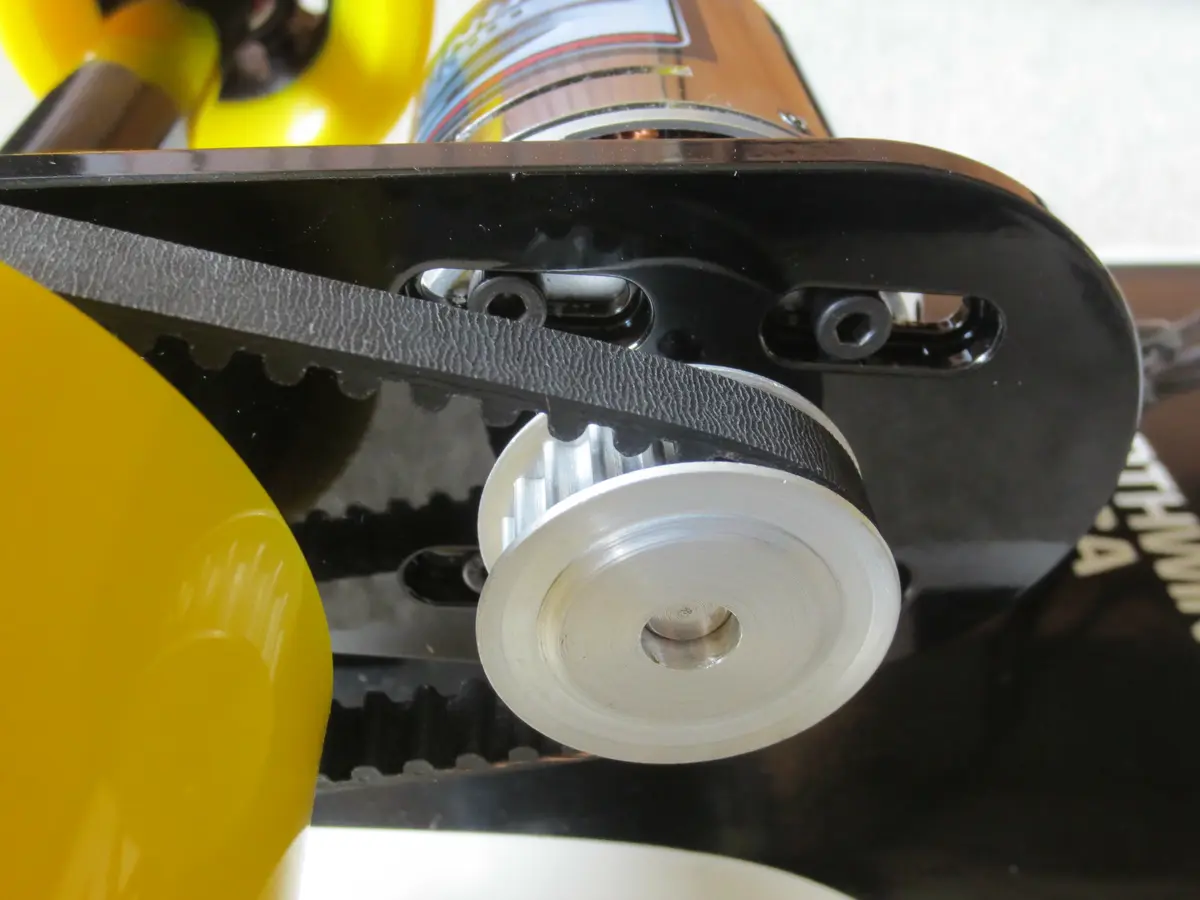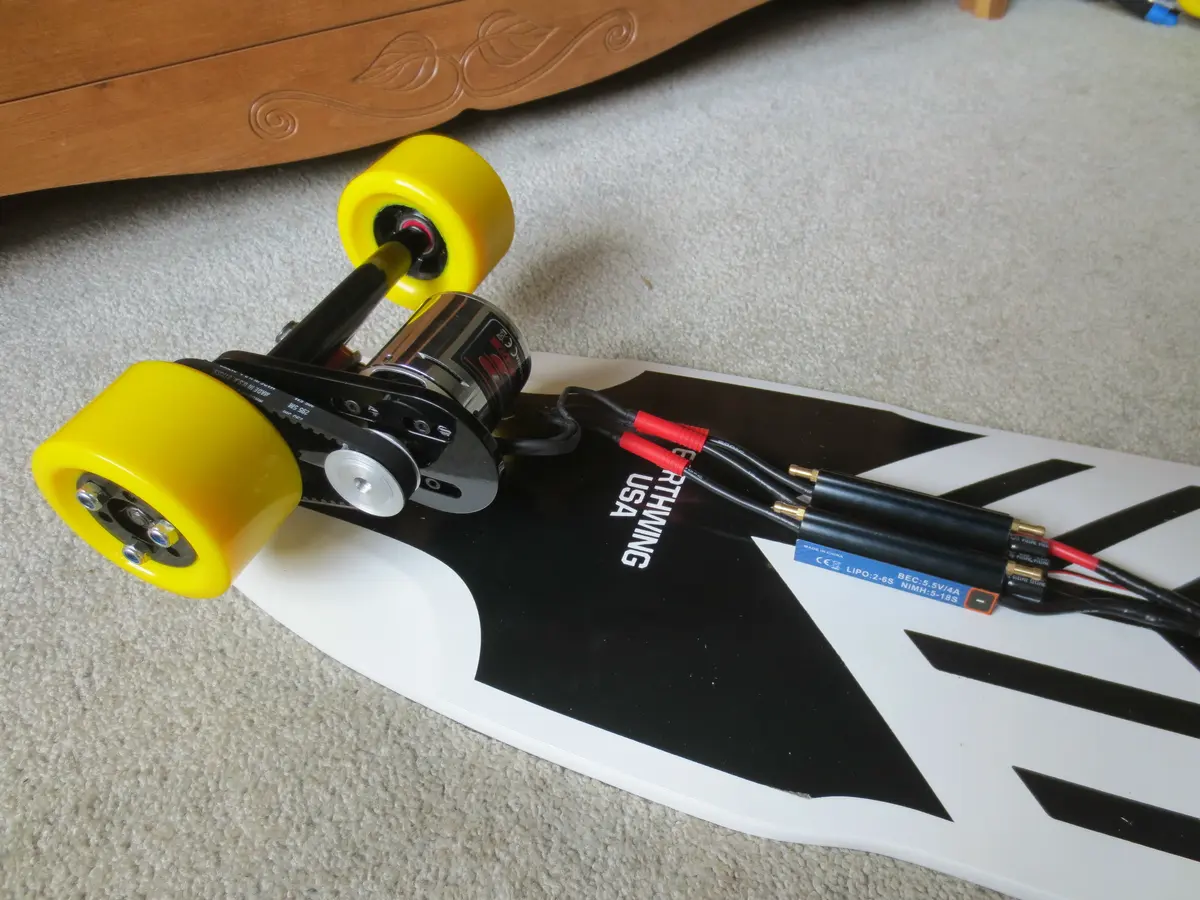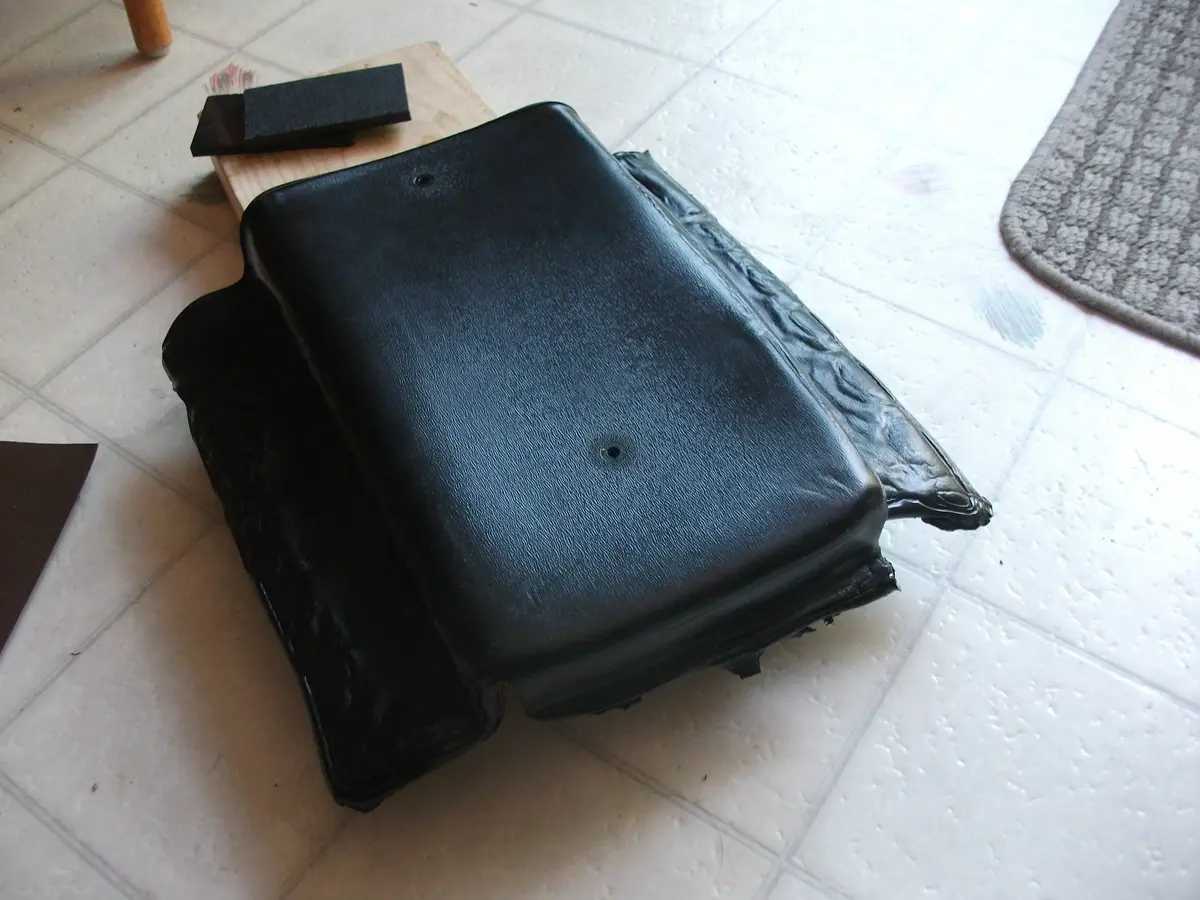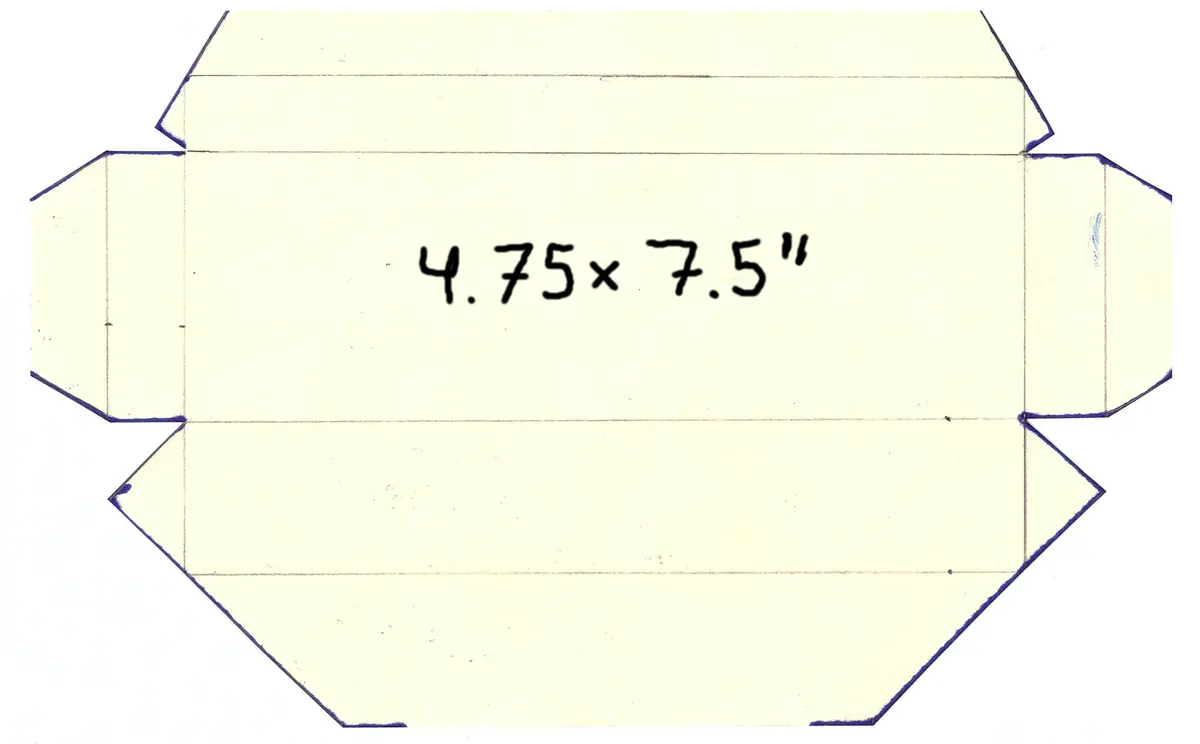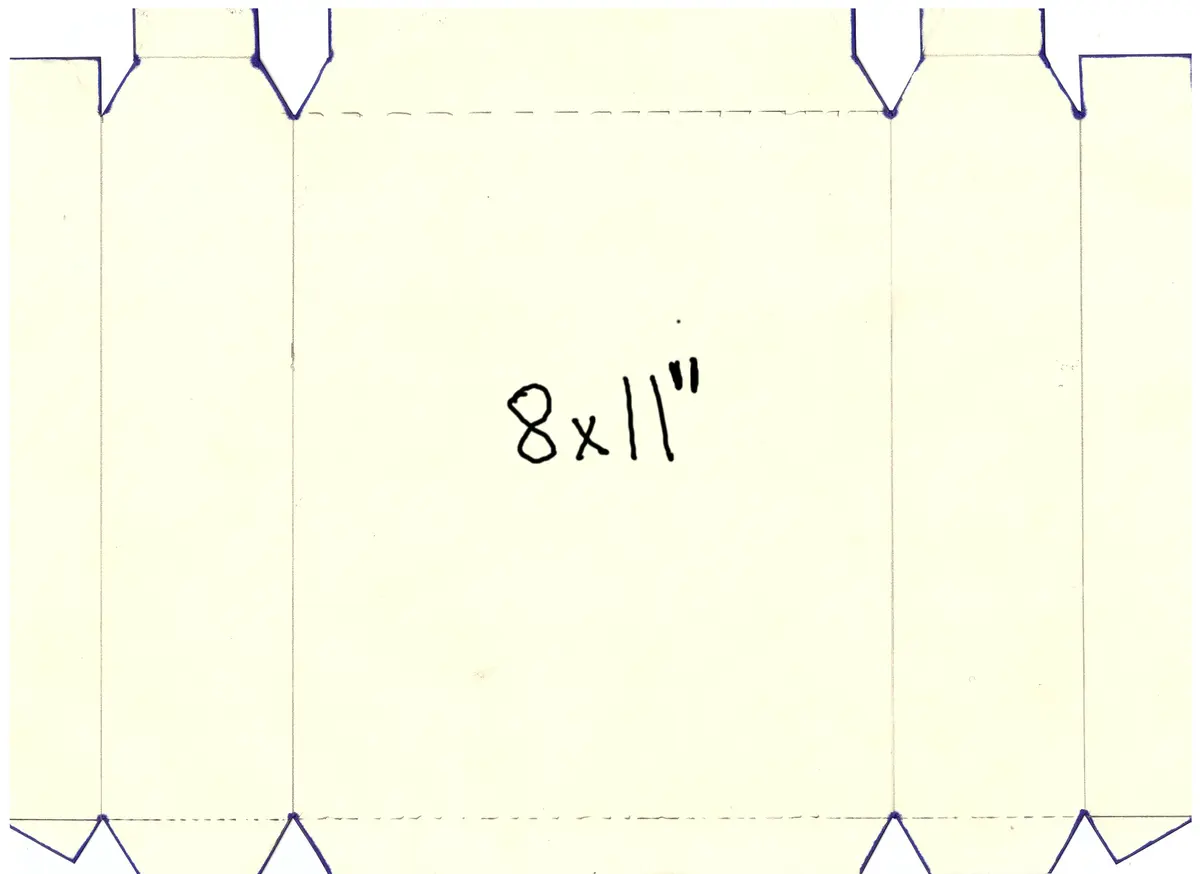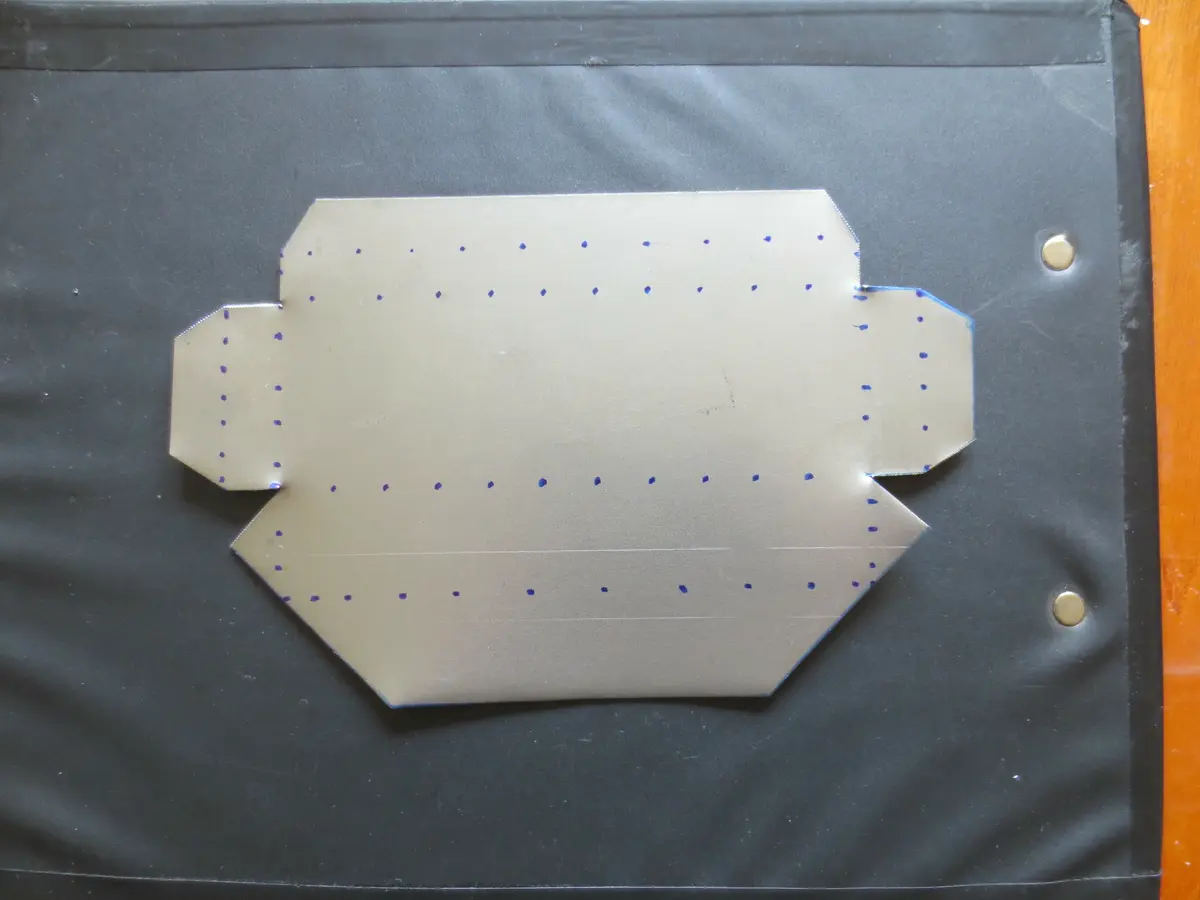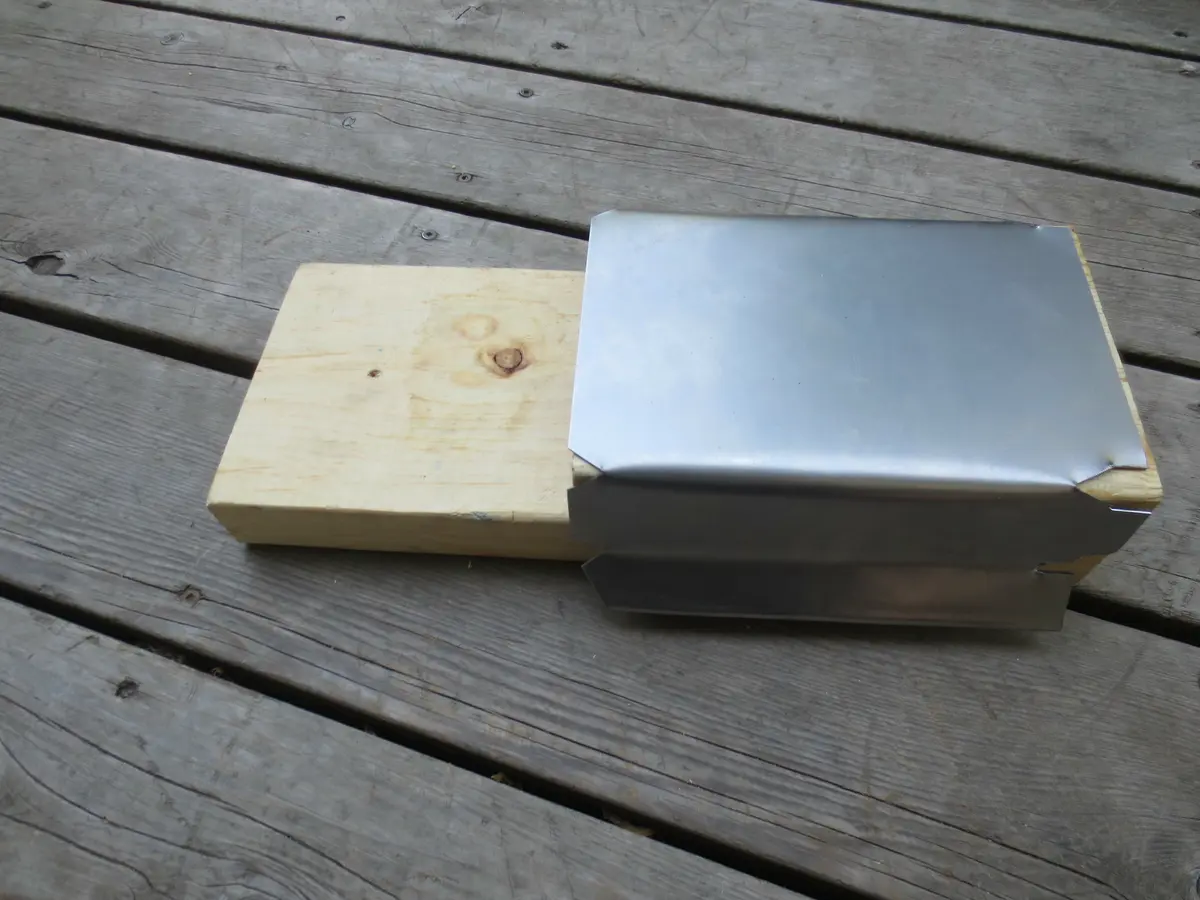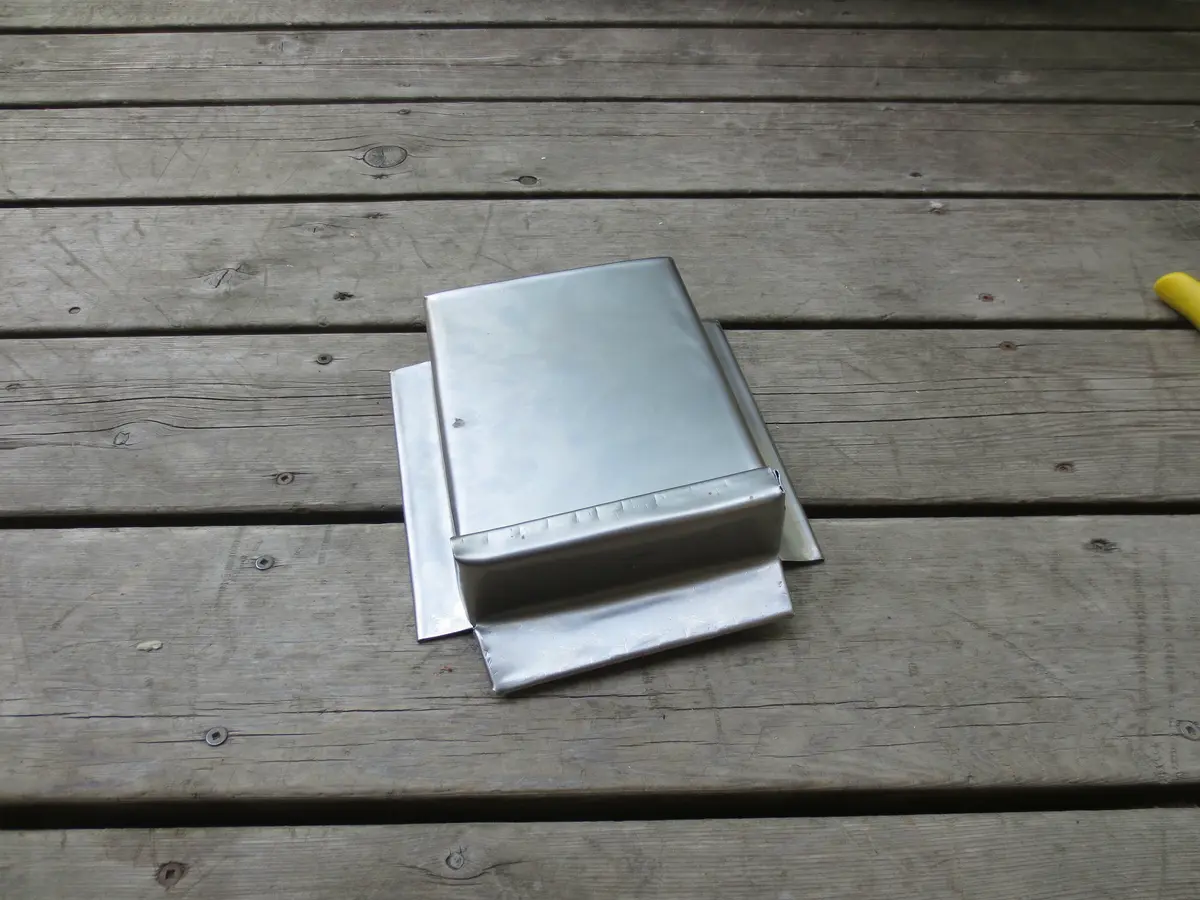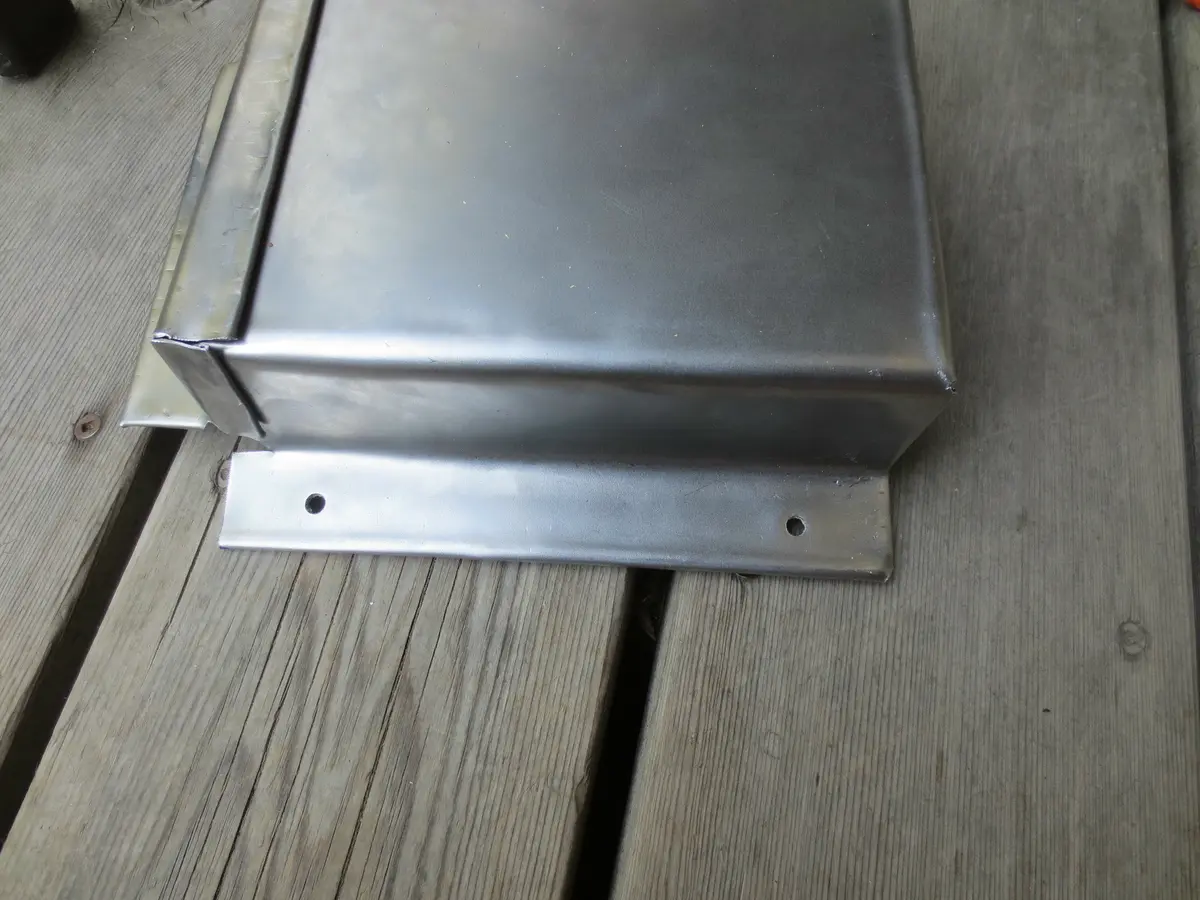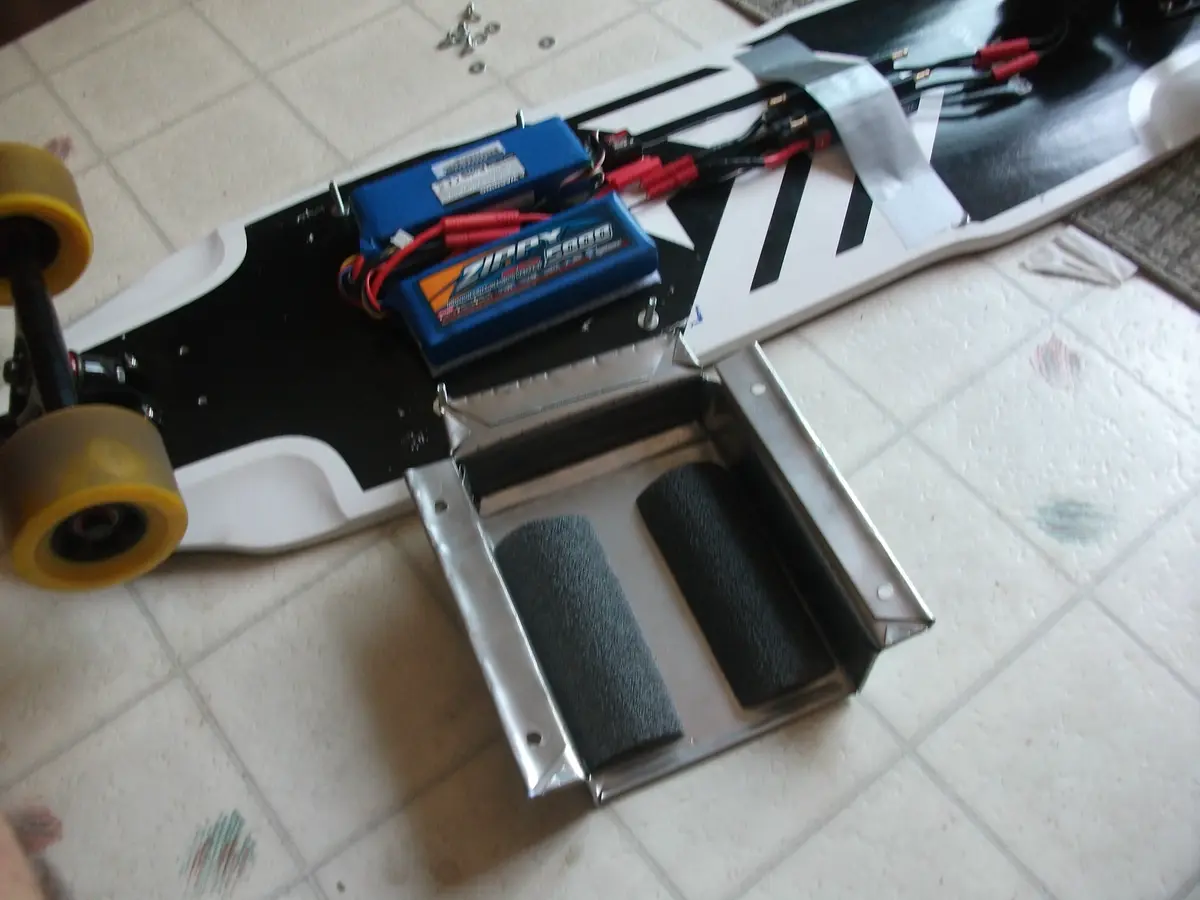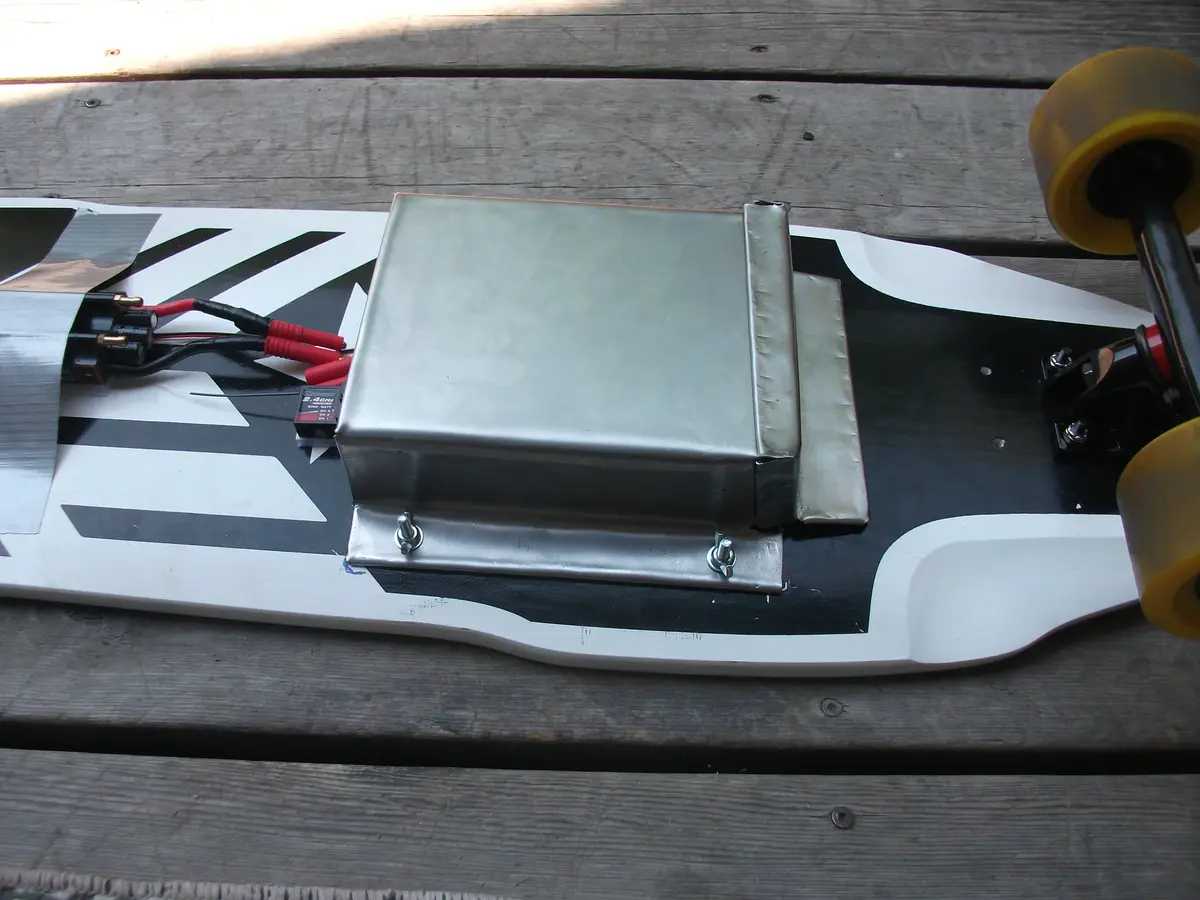Electric Longboards and Adrenaline Rushes
Why pursue this madness?
The parts:
- A longboard deck. I used the Earthwing Big Hoopty. It's a super solid and awesome board at an easy $107 from a local board shop.
- The trucks and drive mechanism from DIYelectricskateboard.com.
- Some bearings, as they don't come with the DIY Electric kit.
- A brushless DC motor (Turnigy Aerodrive SK3 6364 213kv).
- An Electronic Speed Controller to run the motor. I took a risk on the HobbyKing 120A UBEC Boat ESC. The braking is a little soft, but it runs well, barely gets warm even without proper cooling, and doesn't make excess noise.
- At least one battery pack. _A 5000 mAh 6S (22.2V) provides plenty of speed and power. I used two 3S batteries (ZIPPY Flightmax 5000mAh 3S1P 20C) in series to make a 6S battery with a lower profile. _
- A receiver and transmitter of some sort. I used the all too common Quanum (nope, not a typo) pistol grip combo.
- RC connectors. I used HXT4mm to be consistent with the existing connectors.
- Some way to attach the parts to the deck. I used industrial strength Velcro tape.
- Some way to shield the LiPo batteries from damage by debris. I tried using ABS, gave up, and resorted to a box made from 22 gauge galvanized steel sheet.
Putting it all together:
The first step of mounting the trucks is very straight forward. If you have ever assembled a normal skateboard or longboard before, then you already know what to do. For those who haven't put together a board, I'll cover the basics. The easiest place to start is inserting the bearing into the ABEC 11 Flywheel clones. This is just a matter of putting one bearing onto the axle, then pressing the wheel down onto it. Repeat this process for each side of each wheel. Once the wheels are set up, you can fasten them to the trucks with the appropriate nut. Ensure the wheel with the plastic timing belt pulley goes on the correct side of the truck with the motor mount. Tighten the nuts just enough to remove any play along the axle. Finally, you can bolt the trucks to the long board deck. This is very straight forward, you just need to use provided bolts and nylon lock nuts, and ensure that the kingpin is facing outward.
With the basic hardware mounted, we can set up the motor too. Notice that the provided timing belt pulley for the motor has two bolts to tighten it to the motor shaft. It's very helpful to have a couple of flat spots on the motor shaft for these bolts to fasten against.
I achieved this by using a Dremel tool with a carbide bit. I recommend that you punch the motor shaft through a piece of paper towel before grinding the flat spots in, as the metal filings are going to be magnetized and get stuck to the shaft. The paper towel allows you to easily wipe them all away.
Attaching the motor pulley is pretty easy, but first we need to losely fit the motor to the motor mount. You want to attach the motor so that it's flush with the motor mount, but still just lose enough to slide in the slots. We need it loose to tension the motor after we put the pulleys and belt on. The motor pulley is really easy. Just line the bolts up with the Dremelled down spots and tighten them using an Allen Key. Once that is done, the timing belt can be added. If everything is still a little lose, then it will be as simple as just slipping it over the wheel and then the motor pulley.
Finally, we need to tension the belt. This is achieved by pulling the motor along the mount until the belt is firm, but not excessively tight, then tightening the four M4 socket head bolts that hold the motor to the mount. This is also not a bad time to adjust the tightness of the bushings on the trucks (the plasticy coloured parts on the kingpin). Just loosen them until you find it steers well, but without any contact between the wheels and the board.
And that's it for the Mechanical side of things. Next up is the electronics and the protective shield for the electronics.
The electronics are also pretty straight forward. For the most part it is all just plug and play, with the exception of the ESC, which requires one to solder on the connector of their choice. Since everything else I ordered is using the HXT4 mm bullet connectors, I simply stuck with those. I hacked three of them apart to create three stand alone female connectors for the motor, and used a full one for the power connection. It's important to make sure you get the polarity right, so match up the wire colours with one of the batteries to be sure you solder it on the right way. The insulation on the wire is also too large for the red plastic housing, so I stripped it back a little bit to solder the connector on before putting it back in place and taping the insulation back up. I used tape because I forgot to put some heat shrink tubing on before the connector. Don't make the same silly mistake, and remember the heat shrink tubing!
Now it's just a matter of plugging everything together and attaching it to the bottom of the board. I hooked everything together and made sure the motor worked first, then I set to work planning the layout of the components on the underside of the board. Once I was satisfied I used the industrial strength adhesive Velcro tape to hold everything in place. It has a 2 inch width which is exactly the right width for the ESC and batteries. At this point the board is technically ridable, but LiPo batteries have a reputation for being a little "explodey" if they are damaged, so I wanted to play it safe and put a shield of sorts over them.
Building the shield was the hardest and most frustrating part. I had originally planned to construct it out of .25" ABS sheet, but that failed spectacularly. Apparently ABS plastic is renowned for its tendency to warp as it cools (it's why 3D printers using ABS need heated base plates), and may not be the ideal material to learn on the fly without prior experience. I tried to make it work with just a heat gun, but that wasn't going to work, so I resorted to slump forming the sheet in an oven.That also didn't work. ABS is a pain, it's no wonder it is usually moulded to a form using a vacuum.
After the failure of the ABS shield, I decided to try my hand at making a box out of sheet metal. I was able to get 8 inch wide 22 gauge galvanized steel from the local Home Depot, and I figured that I could pick up the sheet metal skill set a lot more easily.
I designed a pattern, and cut it out of the sheet using some straight snips. Unfortunately my 8 inch wide sheet wasn't wide enough to construct the box as a single piece as I had hoped, but I figured I could compensate by making the forward facing panel separately, and attaching it to the rest of the box with flat lock seams. I didn't even bother soldering the pieces together.
For the most part it worked. The shield isn't beautiful, but it is sturdy. The front panel rattles a little on rough roads, but I can't see any circumstances in which it would fall off. In retrospect, a 22 gauge steel box is probably overkill as far as shielding goes, but there's also some risk of the metal causing a short if it didn't stand up to an impact, so over kill is probably good in this case.
With the box complete, I drilled some holes in the base flanges, and then drilled some corresponding holes in the longboard deck when I had everything centred. Using 1.5" long flat head bolts and some matching wing nuts I can easily replace and remove the shield as needed.
The results:
The final product of all this labour is an adrenaline rush. I've never taken a longboard downhill, so I really don't have a taste for the high speed longboarding some people are accustomed to. But that's okay because it means that I get a nice pleasant adrenaline rush when I manage to get this board above 30km/h .
Forgive the poor quality of the video, I lack a GoPro, so I had to film it with my phone. This also had the side effect that I didn't really want to get up to speed, it's nerve racking enough already without the additional filmography concerns.
In general, the acceleration has a ton of punch and the brakes are quite soft, especially at lower speeds. At higher speeds they work a lot better, and will certainly get you down to a speed at which you can toe drag to slow down. If you're going down a really steep hill you may find that the brakes are too weak to prevent the acceleration due to gravity, so act accordingly. If that means toe dragging the whole way or walking the board down the hill, then do it. It also helps to reprogram the ESC to fit your riding style.
I ended up keeping all the defaults except the startup acceleration, which I set to 9 levels. This makes the acceleration a lot smoother, so you're less likely to over do it and fall over backwards as the board rockets forward.
